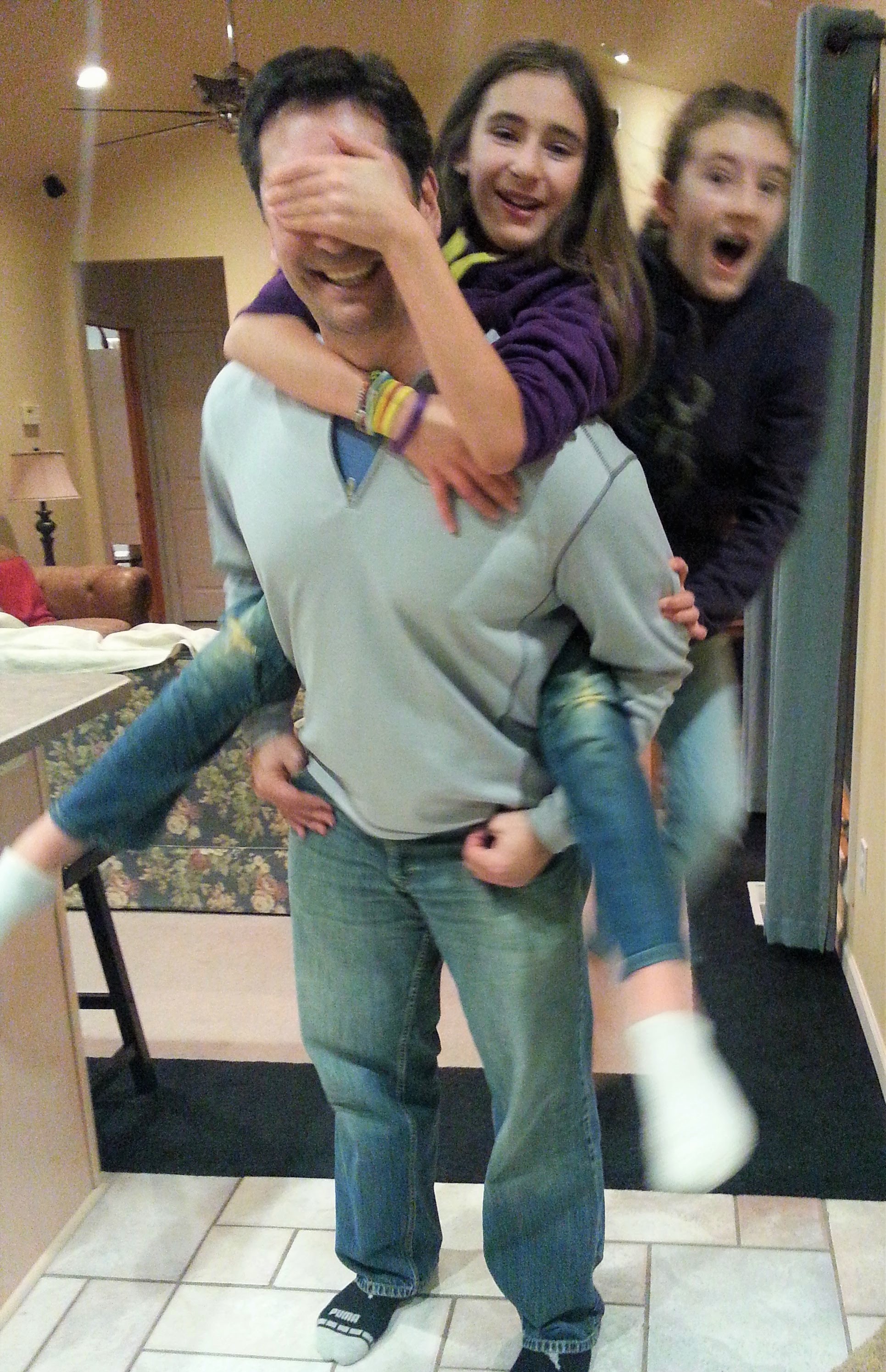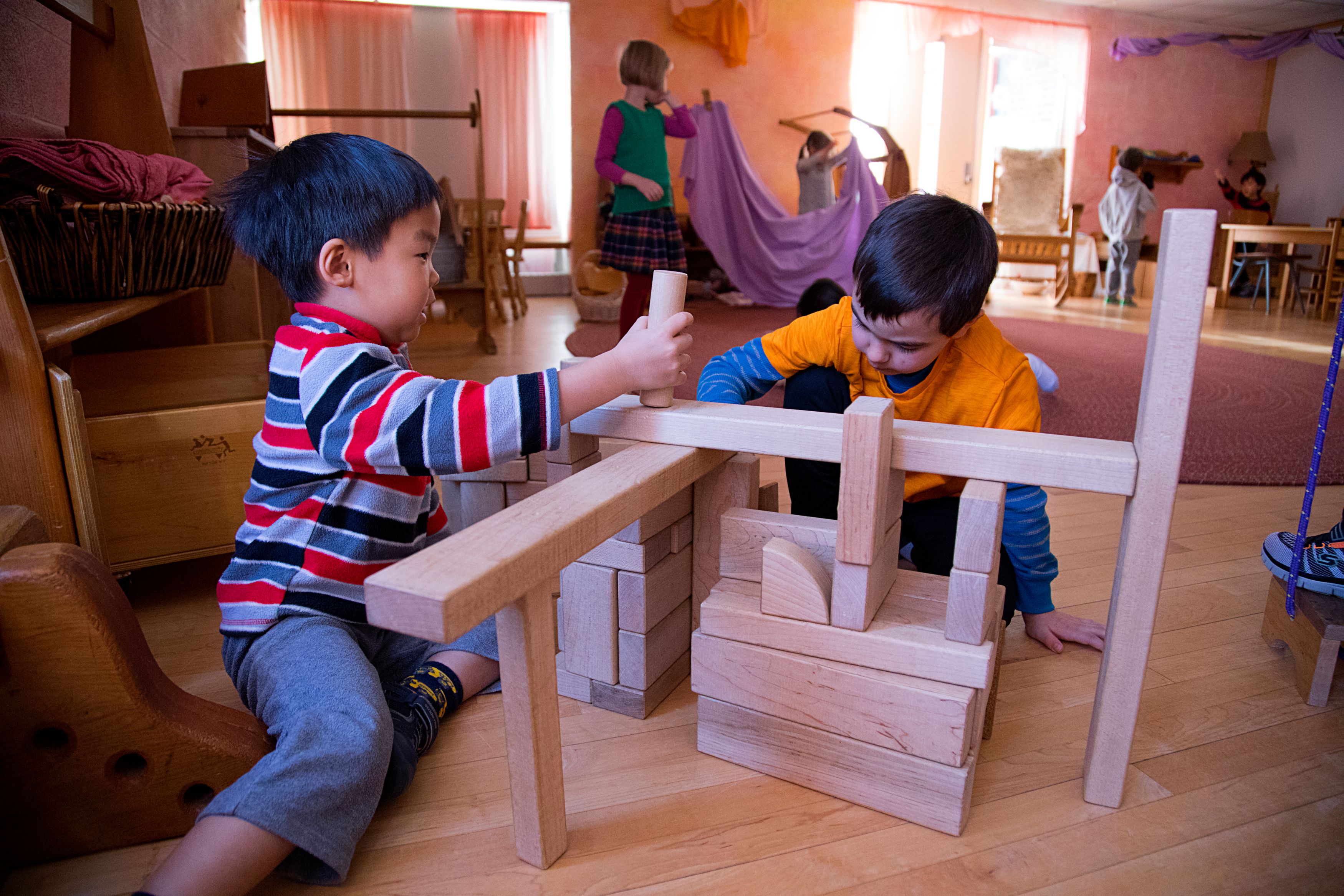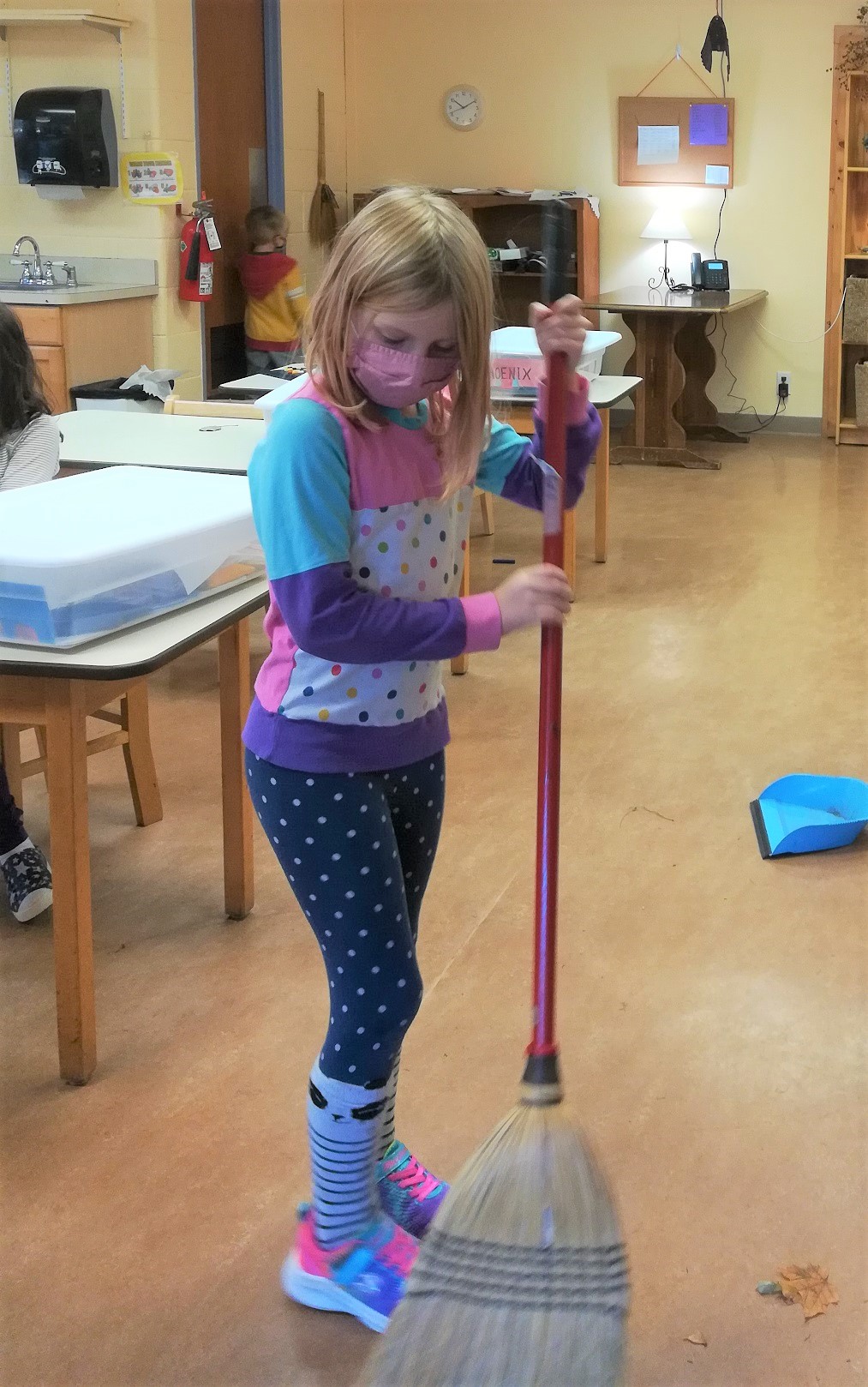

A Waldorf Home

It is common for Early Childhood and Early Grades teachers to visit the homes of students new to our school as a way to find out more information about a student so that the teacher can better support and connect with them. Observing if the student is very outgoing or shy, if there are siblings in the home, if they have 1, 2 or more parents, and the general feeling of the home helps teachers know how to support and connect with their students and may help facilitate a great teacher-student and teacher-parent connection in the future.
During visits, some parents apologize about their home not being ‘Waldorfy’, but what does it mean to have a Waldorf home? Or a Waldorf classroom for that matter?
There is no checklist requiring that all things being made from wood or televisions hidden by silks.
 We are here to dispel the myth because the essence of a Waldorf home lives not in the materials that we surround ourselves with, but rather, in our interactions and family values, how we care for the space and how we care and interact with one another. All those things look different depending on each individual family and the family's needs and values. We can look at the essence of Waldorf school values and apply it to a home setting to use as inspiration in the decisions we make surrounding our family life.
We are here to dispel the myth because the essence of a Waldorf home lives not in the materials that we surround ourselves with, but rather, in our interactions and family values, how we care for the space and how we care and interact with one another. All those things look different depending on each individual family and the family's needs and values. We can look at the essence of Waldorf school values and apply it to a home setting to use as inspiration in the decisions we make surrounding our family life.
As teachers we have control over our classroom space much like a king or queen of a castle. We make the decisions about what food we are serving, what toys enter our room and what guiding principles are set for how we treat one another. In a home setting one of the first questions to think about is: what are your family’s values and how are they carried out? If we are supposed to be the model worthy of imitation from our children, are we living up to what we want them to be imitating and standing as the authoritative adult? If we value time outdoors, speaking respectfully or time together, are we creating spaces for those to come into practice? Through speaking respectfully to each other, even in times of anger, we are modeling how to have healthy debates. By prioritizing time outside, we are showing that we value time in nature. In a recent article from Janet Lansbury, she summarized an analogy that equated boundaries with the railings on a bridge: if railings were not up on a bridge at night one would drive slowly, with caution, and feel unease. However, if the bridge has rails, we drive over feeling much more safe and secure.
Teachers are able to take a step back to observe situations and behavior and reflect on it, allowing him or her to see how the environment is contributing to struggles and what positive solutions could be put into place. This goes a long way at home too! When conflict arises in class we tend to act as active observers - like a sportscaster stating what we saw or heard (or didn’t see or hear!). This is much more challenging to remember at home yet makes the world of difference in children and adults feeling heard and helps to develop empathy for others and their perspectives.
Simplicity is a large aspect of our program: simplicity in rhythm, toys, and choices. Young children live in the present moment, and in Western culture we tend to fill our schedules and our lives with material things, wanting to please someone else with our choices.
When a person goes to a restaurant that has a ten-page menu, one can be easily overwhelmed by the amount of choices. The same is true for children. In our effort to ensure our children’s happiness we sometimes don’t realize how many choices they are given, and most of the time it feels nice for someone to make a choice for you. That doesn’t mean that they can no longer prefer something, but it helps to eliminate some overwhelm.
 Our classrooms are filled with toys that we find to inspire the most creative play, encouraging flexible thinking. Often at home, the things that get the most play are items that were never purchased to be toys: cardboard boxes, items from the front closet or things headed for the recycling bin. There are so many beautiful toys and books on the market today, and many of us are fortunate enough to have loving families that want to give our children gifts - but at the end of the day when it is time to clean up, we are feeling as though things are unmanageable. In a talk by Kim Payne given at our school years ago, he talked about his work with families as a counselor and suggested that they go through toys and books and put half of them away. Families that he worked with experienced their children playing more creatively, struggling less around clean-up time, and creating less mess. After a while, families rotated toys or books out, and some unfavorable things found new homes. In our busy lives, sometimes we need to remember the power and importance of downtime and how important healthy free play is.
Our classrooms are filled with toys that we find to inspire the most creative play, encouraging flexible thinking. Often at home, the things that get the most play are items that were never purchased to be toys: cardboard boxes, items from the front closet or things headed for the recycling bin. There are so many beautiful toys and books on the market today, and many of us are fortunate enough to have loving families that want to give our children gifts - but at the end of the day when it is time to clean up, we are feeling as though things are unmanageable. In a talk by Kim Payne given at our school years ago, he talked about his work with families as a counselor and suggested that they go through toys and books and put half of them away. Families that he worked with experienced their children playing more creatively, struggling less around clean-up time, and creating less mess. After a while, families rotated toys or books out, and some unfavorable things found new homes. In our busy lives, sometimes we need to remember the power and importance of downtime and how important healthy free play is.
In our classrooms our daily rhythm stays the same. This allows the child to know what to expect next and to live into the present moment without worry. These rhythms are held by the rituals we set around them, whether it is a song, candle or activity that signals what comes next. Home schedules have more variance than school, but the rhythms and rituals that we set help to carry the children through the day, weeks and the year. Knowing that teeth get brushed before books and bedtime helps to eliminate arguments because “this is what we do”. Marking the seasons with celebrations as a family helps to carry the children’s yearly experience, giving them something to look forward to and a way to experience the seasons and your values throughout the year.
School days are filled with the children gaining independence and learning self-care skills.
 These are essential for their development. Chores and self-care skills are ongoing, have personal meaning and develop with complexity. They have a great impact on their developing gross and fine motor skills and contribute to your family’s values, taking care of your items and each other. As your children grow, the work gets more challenging and sets a foundation for the skills and will to care for themselves and their future household.
These are essential for their development. Chores and self-care skills are ongoing, have personal meaning and develop with complexity. They have a great impact on their developing gross and fine motor skills and contribute to your family’s values, taking care of your items and each other. As your children grow, the work gets more challenging and sets a foundation for the skills and will to care for themselves and their future household.
Our paths of parenting teach us so much about ourselves, our children and humanity. It is through the challenges at home and in the classroom that we are given the gift of being able to reflect with consciousness on our lives and make changes where we see fit. It is an ever-changing process for us and we are happy to be on the same journey with you!
